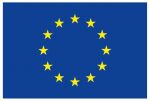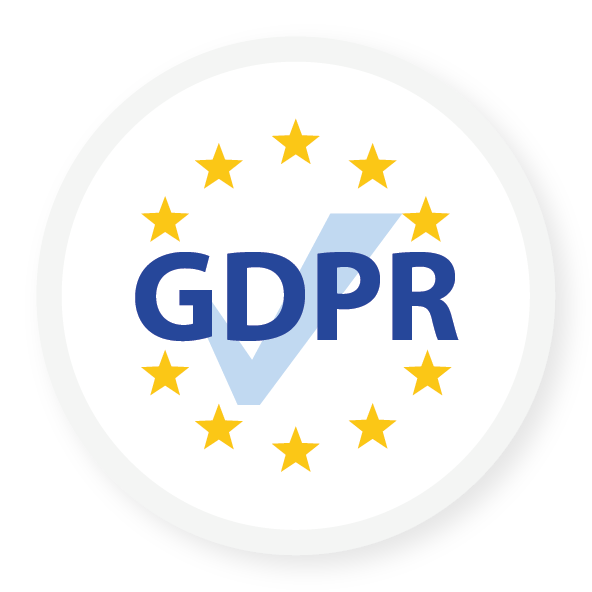Eric Goodyer
DESCRIPTION
You and I are now living longer lives and one of the key Government and EU policy initiatives is to support the older generation in leading self-sufficient lives that many are currently unable to live today. They estimate that by 2020, 25% of the EU population will be over the age of 65 and could still face many obstacles that challenge the elderly today. Through Mobile TeleCare, we aim to enable them to live an independent lifestyle [European Commission is investing over € 1bn into research and innovation initiatives]. MobiAssist will develop a concept that is far reaching and is mobile, unobtrusive, usable and discrete. It will provide users with enhanced peace of mind and confidence to leave their homes as it continuously monitors their personal well-being. MobiAssist will only summon assistance when key indicators move to critical status i.e. in potentially life threatening, or urgent situations. In the event of an emergency, a personal care plan, designed by the care provider to suit the individual user, invokes an agreed strategy for response. Physiological sensors monitored through this service can range from observing the user’s heart rate by wearing a wristband through to a glove that includes an oximeter and a level sensor to detect a fall. Devices designed around this concept will include an embedded mobile module that automatically dials out, connects and uploads the alarm plus patient data. The assisted technology utilised to develop the concept will enable users to enjoy the independent lifestyle the majority of the population takes for granted.
INNOVATION
MobiAssit takes the home-telecare concept to the next logical level; many commentators consider mobile telecare to be the foundation for the next generation of devices that will evolve from the market. The MobiAssit developments that we propose will be more than simple tracking’ devices for users outside of the home – that technology is already being developed. In order to increase usefulness when compared to current technologies, we aim to combine mobile phone technology with a distributed network of personal physiological sensors.
TARGET MARKET
Main beneficiaries are likely to be older or vulnerable people, and patients that have been released from primary care into the community. This technology can help give these people the independence to improve the quality of their lives as well as reducing the strain on social and health care services and community care providers. 1.5 million people in the UK currently rely on telecare products to give them the confidence they need to lead an independent life. Research conducted by the Telecare Services Association found that 90% of people want to be self-sufficient in their own homes.
CUSTOMER BENEFIT
MobiAssist has the potential to release scarce resources in the health and social care services thus reducing waiting lists and releasing beds so they are available for more needy users. The design aims to enhance older and vulnerable people’s quality of life by improving their physical and mental well-being. It provides them with safety and backup to enable them to be part of society by enabling increased interaction with friends, neighbours and relatives.
Contact:
De Montfort University
Mr. Reg Warren
Gateway House, The Gateway
LE1 9BH, Leicester
United Kingdom
phone: +44 (0) 116 250 63 39
e-mail: cse-development@dmu.ac.uk
www.dmu.ac.uk






